Echoes from the Past: Unveiling the Remarkable Indian Female Singers of the Gramophone Era
Hello, my readers, I am back after a long interval. I know you are waiting for my new blog, and thus I am here with a completely different era to talk about. Recall a time when the calming crackle of records playing and the soul-stirring melodies and gentle tones of classical ragas filled the environment. It was an era of simplicity when technology was used to preserve and spread music, the most treasured of emotions among people. In the midst of this sonic marvel, a handful of outstanding women rose to prominence, shattering stereotypes with their dulcet tones and establishing a lasting impact.
Gauhar Jaan (1873–1930): The Diva of the Gramophone
A courtesan's daughter from Calcutta named Gauhar Jaan had an ethereal voice that defied expectations. Being the first Indian artist to record music for the phonograph and leaving a lasting impact with her renditions of classical and thumri music, she created history. Her vision helped female vocalists break into a sector that has historically been controlled by men.
Jankibai Illahabadi (1901–1985): A Voice of Versatility
Zohrabai Ambalewali (1918–1990): The Queen of Ghazals
The melodious ghazals and thumris of Zohrabai were extremely well-known throughout the phonograph era. She was dubbed the "Queen of Ghazals" because of her alluring voice and moving performances. Her courtesan background provided the inspiration for her impassioned singing style, which captured the nation's hearts.
Kesarbai Kerkar (1892–1977): An Unparalleled Vocal Virtuoso
Kesarbai Kerkar, a native of Goa, won praise for his exceptional vocal range and control on a global scale. She sailed through challenging pieces and complicated ragas with ease, establishing herself as a real genius. Her efforts were crucial in putting Indian classical music on the international scene.
Amirbai Karnataki (1906–1965): The Silver Screen Siren
Amirbai Karnataki made the move from the phonograph age to the developing cinema business without any difficulty. She became well-known because of the many Bollywood songs of the era that featured her sweet voice. Her breakthrough exemplified how female singers have changed the musical scene in India.
Suraiya Multanikar (1929–2004): The Enchanting Songstress
India, after independence, fell in love with Suraiya because of her captivating tunes and fascinating personality. She expertly merged Western and Indian musical genres, creating a lasting impression on the audience. She continues to inspire many people both on and off the screen because of her compelling presence.
Juthika Roy (1920–1991): The Voice of Devotion
The heartfelt bhajans and devotional melodies of Juthika Roy captured the attention of listeners. She came from a lowly family in Calcutta, but because of the spiritual resonance of her divine interpretations, she became a beloved figure in the devotional music community. She continues to motivate young vocalists with her modesty and commitment.
Shamshad Begum (1919–2013): The Melody Queen
Shamshad Begum, who has origins in Punjab, left a lasting impression on Indian music with her unique voice. She was unique because of her distinctive tone and diction, and she paved the way for the developing cinema business. She was able to succeed in a variety of genres because of her flexibility, including upbeat songs and deep tunes.
Saraswati Rane (1913–2006): The Carnatic Virtuoso
Meena Kapoor (1928–1997): The Soulful Crooner
Meena Kapoor's supple voice was heard in several songs, and it emotionally affected listeners. Her ability to convey emotions through music has rendered her a popular playback singer. She is a native of Kolkata. She contributed to the soundtrack of the movie, giving it a nostalgic feel. The classic songs that Meena Kapoor provided to Indian films continue to carry on her legacy. Her voice not only enhanced the soundtracks of the time, but it also made an enduring impression on listeners.
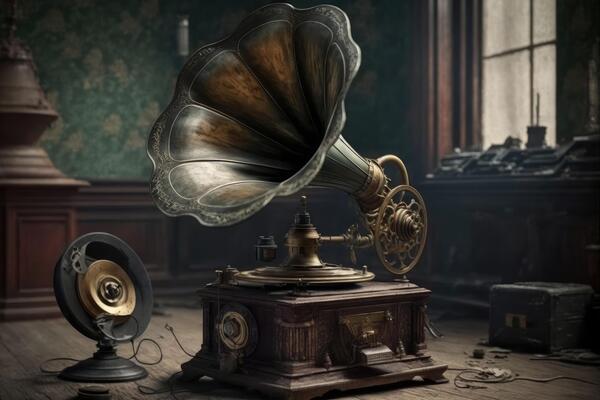
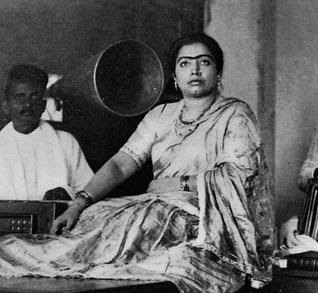





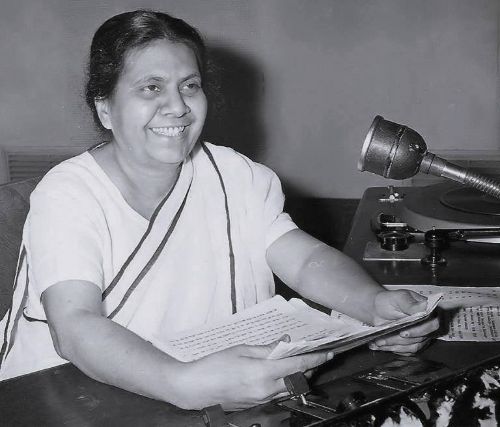
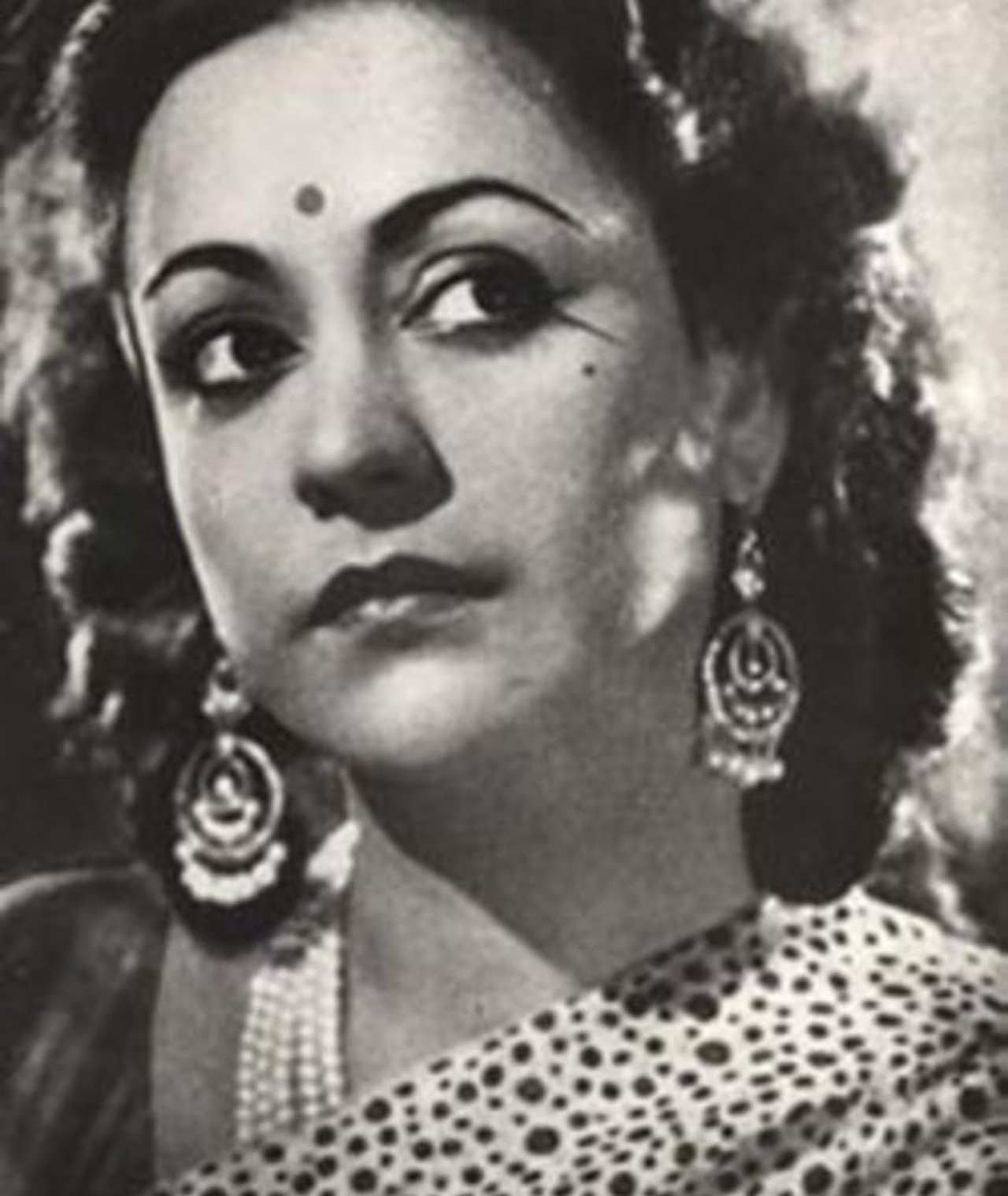
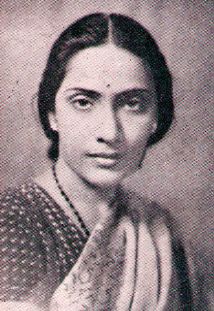
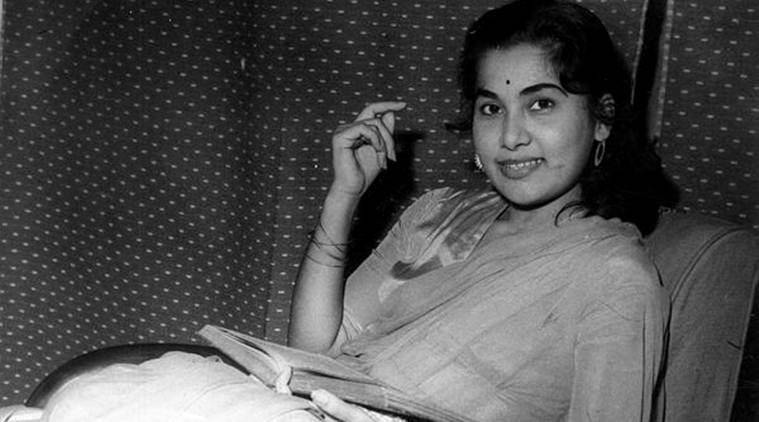
Comments
Post a Comment